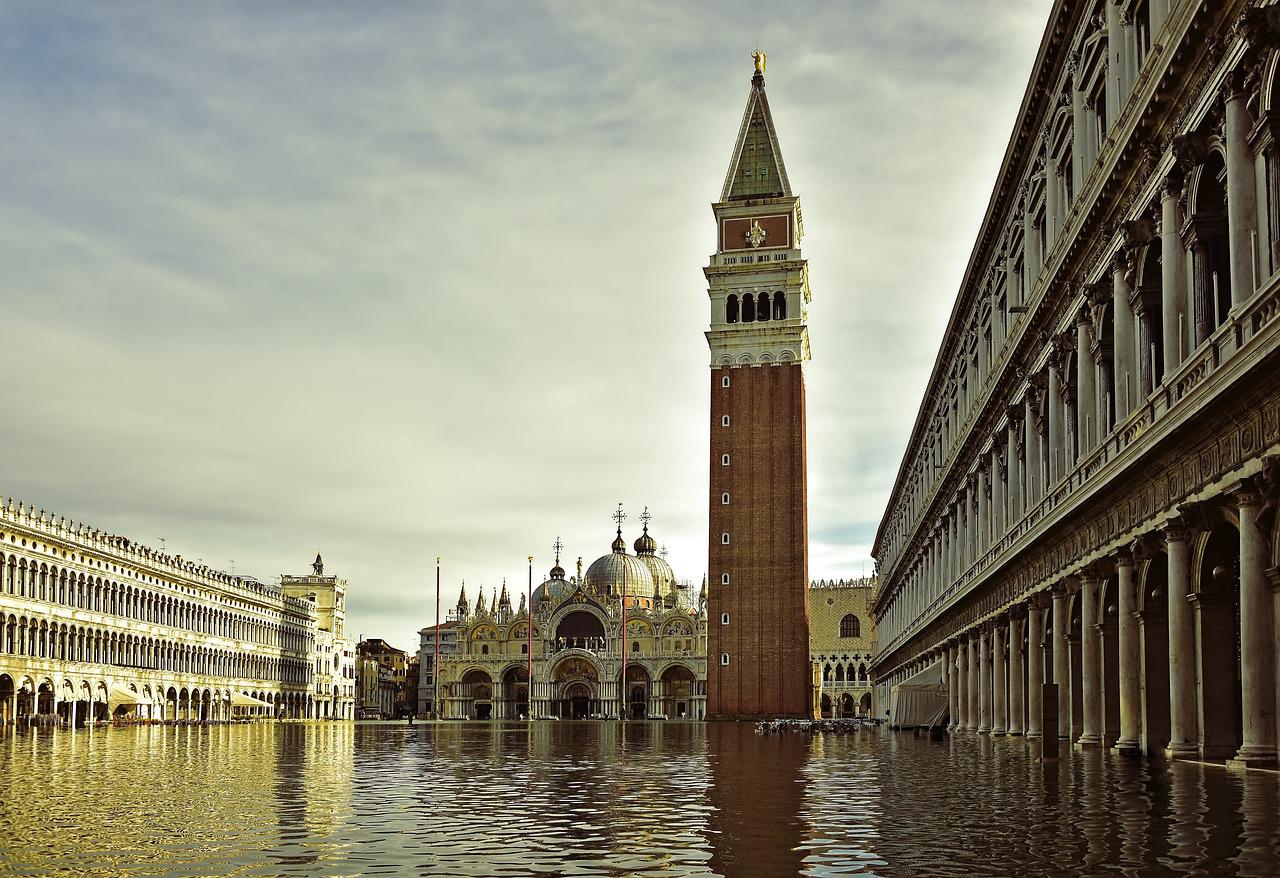Cultural Heritage: Threats and Conservation Strategies
The concept of cultural heritage includes tangible and intangible elements that come from previous generations in human history and are passed on to present generations. This heritage encompasses valuable items that help a community, a nation or an individual to maintain its identity and connection to its past. Cultural heritage has a wide range and includes a variety of elements such as ancient structures from archaeological remains, works of art, traditional crafts, language, music, dance, folklore, mythology, customs and traditions.
The importance of cultural heritage not only strengthens a community's relationship with its past, but also includes the responsibility to pass on this valuable heritage to future generations. This transmission process may involve traditional craftsmen teaching their apprentices, older generations telling family stories to younger ones, or educational activities to help a community understand and evaluate past events.
The preservation of cultural heritage not only keeps the past alive, but also brings societies together and creates a common identity. Consciously preserving and transmitting this heritage to future generations promotes cultural diversity and strengthens people's ties to their roots. The value of cultural heritage is therefore measured not only by the preservation of material assets, but also by the way in which people maintain and share their connection with their history.
Cultural heritage is recognized as a valuable asset subject to various threats. These threats can come from natural, man-made or complex factors. Here is a context of the factors that threaten cultural heritage:
1. Natural Disasters: Natural disasters, such as earthquakes, floods, hurricanes and fires, can seriously threaten cultural heritage. Historic buildings, archaeological sites and works of art can be permanently lost or significantly damaged as a result of damage caused by natural disasters.  2. Human Damage: Human activities are another major threat directly affecting cultural heritage. Anthropogenic factors such as urban expansion, infrastructure projects, agricultural and industrial activities can lead to the destruction or degradation of historic sites. In addition, actions such as unplanned tourism and illegal excavations also seriously threaten cultural heritage.
2. Human Damage: Human activities are another major threat directly affecting cultural heritage. Anthropogenic factors such as urban expansion, infrastructure projects, agricultural and industrial activities can lead to the destruction or degradation of historic sites. In addition, actions such as unplanned tourism and illegal excavations also seriously threaten cultural heritage.
3. War and Conflict: Wars and conflicts can cause great damage to historic sites and cultural heritage. Museums, ancient cities and works of art in war zones can be directly affected by conflict. In addition, man-made damage such as looting, vandalism and illegal excavations can also occur during wars. 4. Air Pollution and Climate Change: Air pollution and climate change are among the factors that negatively affect cultural heritage. Air pollution can cause erosion of stone and metal surfaces, while climate change can reduce the durability of historic buildings. In particular, sea level rise can threaten historic buildings in coastal areas.
4. Air Pollution and Climate Change: Air pollution and climate change are among the factors that negatively affect cultural heritage. Air pollution can cause erosion of stone and metal surfaces, while climate change can reduce the durability of historic buildings. In particular, sea level rise can threaten historic buildings in coastal areas.  5. Tourism and Visitor Pressure: Excessive tourist visits risk over-exploitation and deterioration of cultural heritage. Unplanned tourism can lead to infrastructure problems and visitor pressure in historic areas. Sudden increases in visitor numbers can lead to unsustainable use of historic sites and monuments.
5. Tourism and Visitor Pressure: Excessive tourist visits risk over-exploitation and deterioration of cultural heritage. Unplanned tourism can lead to infrastructure problems and visitor pressure in historic areas. Sudden increases in visitor numbers can lead to unsustainable use of historic sites and monuments.
These elements represent the various risks that threaten cultural heritage. Efforts should be made to minimize these threats and protect cultural heritage in a sustainable manner by developing effective conservation strategies at the global level.
Cultural heritage protection strategies and agreements are important initiatives that aim to protect historical, artistic and cultural values around the world. These strategies and agreements are implemented at various levels for the protection, sustainability and transmission of cultural heritage to future generations.
Firstly, UNESCO's World Heritage List is one of the most important agreements ensuring the international protection of cultural and natural heritage. Adopted in 1972, it promotes the conservation and sustainable management of sites of unique value around the world. Member countries commit to protect the sites they include in this list in international cooperation.
Secondarily, cultural heritage conservation strategies are usually defined and implemented at the national level. Strategies to protect a country's cultural heritage include various elements such as the management of museums, archaeological excavations, restoration projects and educational programs. These strategies aim to promote the sustainable use of cultural heritage, sensitize communities to it and support conservation activities.
Thirtly, tertiary cultural heritage protection strategies are often developed in collaboration with local authorities, civil society organizations and local communities. Strategies at this level aim to manage cultural heritage at the local level, increase the sensitivity of communities to this heritage and develop a participatory understanding of conservation. Local ownership and protection of cultural heritage is critical for long-term success. Cultural heritage conservation strategies and agreements adopt a multi-level approach, involving the participation of diverse stakeholders at international, national and local levels. This diversity ensures that cultural heritage is protected and maintained not only in relation to the past, but also to the future.
Thank you for reading and for your patience





























![[LIVE] Engage2Earn: Let's keep Sam delivering for Hawke](https://cdn.bulbapp.io/frontend/images/2c5d8b18-5618-4a2a-9051-89ceddbcdfd5/1)










